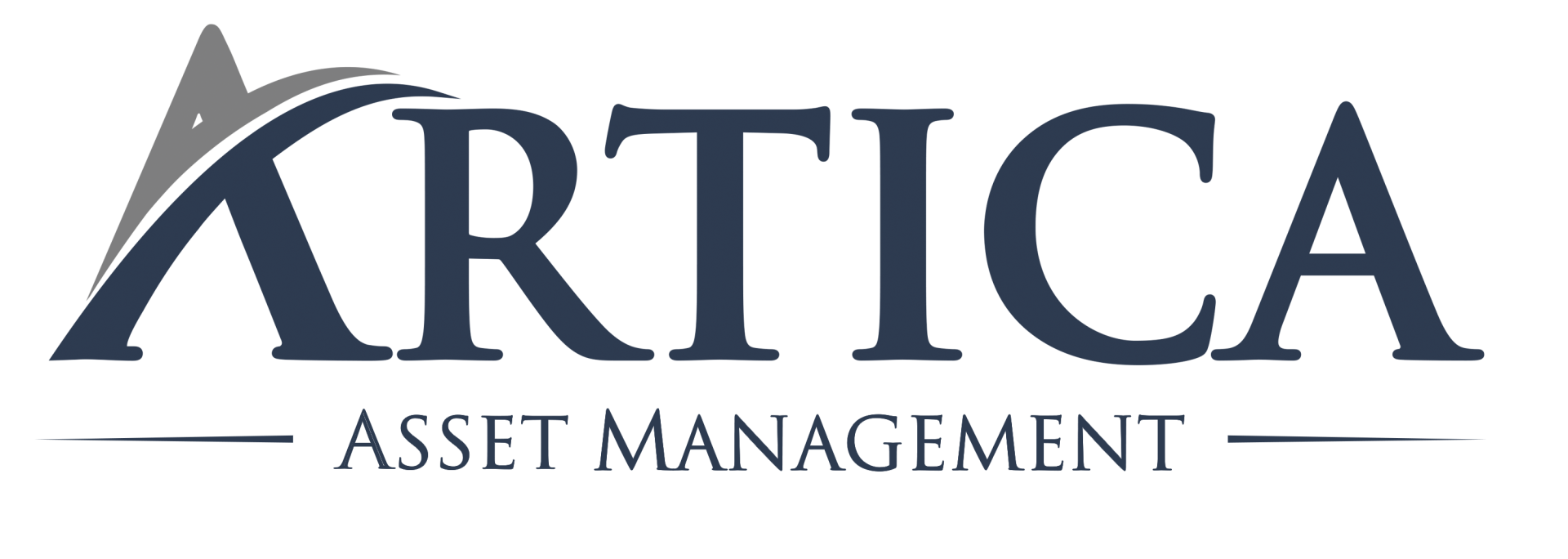In 1950, a few years after the end of World War II, the French Minister Robert Schuman proposed to unify the production of coal and steel in France, Germany and four other countries that adhered to the agreement that originated the European Coal and Steel Community. The main objective of the project was to bring political stability to the region, using the integration of its economic interests as a barrier to the outbreak of new wars. That was the seed of what would become the European Union, but the story is long. Seven years after this first step (1957), the European Economic Community (EEC) emerged, which allowed free trade and transfer of labor in the signatory countries. After another 13 years (1970), a group was created in charge of drawing up a plan to unify the currency of the member countries, whose implementation was initially unsuccessful due to the complexity of aligning several currencies in the midst of exchange rate instabilities. In 9 years (1979), the European Currency Unit (ECU) appeared, a scriptural currency used for financial transactions between the countries of the economic block. The ECU evolved into the Euro 20 years later (1999), and the adoption of the Euro as a circulation currency still took another 3 years (2002). This brief history should already calm those who were startled by the news about the intention to create the Sur, a common currency that would initially be adopted by Brazil and Argentina, since Mercosur has not even eliminated import and export taxes between member countries, a level of integration that the European economic bloc reached in 1957. Even ignoring this fact and going beyond the comparison with European history, we would still have decades to go. The recent news about the creation of a working group for the planning of Sur has a parallel with the European group formed in 1970. Following the same timeline from that point on, Sur would be born in 2032 as something similar to what the ECU was and it would become a common circulating currency in 2055. We could argue that the Sur project should be much faster because it involves only two countries, but we must remember that one of them is Argentina, which has been suffering from serious economic problems for several years . Everyone is aware of the risk of a clumsy agreement turning Brazil into an endless source of subsidies for its neighbor, in a relationship similar to Greece's history with the European Union, and this problem is not easy to get around. In summary, there is still a long way to go before any practical consequences arise from the Sur project. It will hardly be possible to implement it in just one presidential term, so the support of consecutive governments in both countries would be necessary for it to ever get off the ground. It may never happen.

